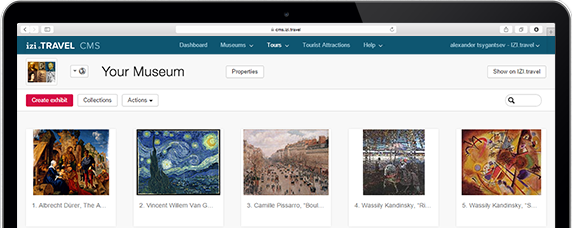Château de Villandry
Update Required To play the media you will need to either update your browser to a recent version or update your Flash plugin.
Jean le Breton's château is one of the latest of the Loire's Renaissance châteaux. It was built after the royal court returned to Ile-de-France. Its owner, President of the Blois Chambre des comptes (chamber of accounts), former French ambassador in Rome and Finance Secretary to Francis I, acquired it in 1532. Le Breton, who also owned the Château de Villesavin next to Chambord, oversaw many construction projects of the early French Renaissance in the Loire Valley.
As soon as he became owner, he demolished the old building except for one tower and kept the moat. Aside from these components, the medieval style was completely abandoned. He had a series of three wings built at right angles, structured around a paved quadrangle. It is likely that a fourth wing originally closed the courtyard. The symmetrical layout, open walkways on the ground floor and criss-crossing patterns of the façades were inspired by Italian models. However, the order on the façades shows some irregularities. The decoration of the dormers with candelabra ornamentation and volutes is resolutely Renaissance. They resemble those of Azay-le-Rideau and Chambord. However, the façades as we know them today are the result of reconstruction work, which removed any remnants of 18th century alterations.
The château is surrounded by an extensive garden with flowerbeds in tiered terraces. The ornamental garden features trimmed shrubbery organised by shape. The vegetable garden is arranged in geometric patterns, and the Jardin des Simples contains medicinal herbs (simples in medieval French). Streams, waterfalls, fountains and mazes were typical features in gardens at the time. The majority of the components are a symbolic message originating from Antiquity, often Christianised during the Renaissance.
The original gardens also underwent alterations in the 18th century. In the early 20th century the château's new owner, Joachim Carvallo, and his wife recreated the original organisation of terraces and parterre gardens using engravings and drawings from the period.
As soon as he became owner, he demolished the old building except for one tower and kept the moat. Aside from these components, the medieval style was completely abandoned. He had a series of three wings built at right angles, structured around a paved quadrangle. It is likely that a fourth wing originally closed the courtyard. The symmetrical layout, open walkways on the ground floor and criss-crossing patterns of the façades were inspired by Italian models. However, the order on the façades shows some irregularities. The decoration of the dormers with candelabra ornamentation and volutes is resolutely Renaissance. They resemble those of Azay-le-Rideau and Chambord. However, the façades as we know them today are the result of reconstruction work, which removed any remnants of 18th century alterations.
The château is surrounded by an extensive garden with flowerbeds in tiered terraces. The ornamental garden features trimmed shrubbery organised by shape. The vegetable garden is arranged in geometric patterns, and the Jardin des Simples contains medicinal herbs (simples in medieval French). Streams, waterfalls, fountains and mazes were typical features in gardens at the time. The majority of the components are a symbolic message originating from Antiquity, often Christianised during the Renaissance.
The original gardens also underwent alterations in the 18th century. In the early 20th century the château's new owner, Joachim Carvallo, and his wife recreated the original organisation of terraces and parterre gardens using engravings and drawings from the period.
Download the free izi.TRAVEL app
Create your own audio tours!
Use of the system and the mobile guide app is free


